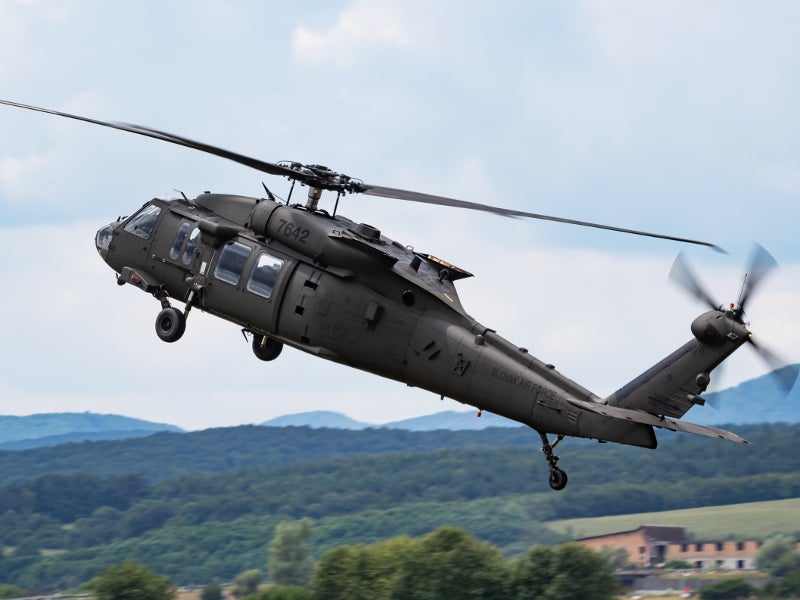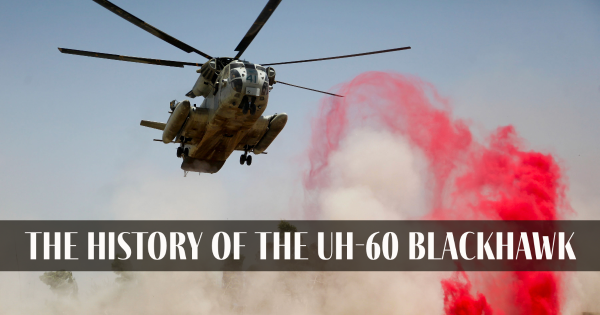Navigating Uh 60 Helicopter Regulations and Compliance Requirements

Regulatory Framework Overview
The regulatory framework controling UH-60 helicopter procedures includes a complicated set of requirements and guidelines established by aviation authorities. These laws are created to guarantee the safe and efficient operation of UH-60 helicopters in different environments. The Federal Aeronautics Management (FAA) plays a central duty in developing and imposing these regulations, which cover a wide array of operational aspects, consisting of airworthiness requirements, pilot qualifications, upkeep demands, and operational treatments.
Compliance with these laws is essential for helicopter drivers to preserve the highest degree of safety and functional stability. Failing to adhere to these regulations can lead to serious effects, consisting of crashes, injuries, and regulative sanctions. Helicopter operators should remain informed regarding the latest regulative growths and guarantee that their procedures are in complete compliance with all suitable regulations and standards.
Airworthiness Assessments and directives
Amidst the regulatory framework regulating UH-60 helicopter operations, an essential emphasis rests on conformity with Airworthiness Directives and performing extensive examinations to promote safety and security standards and functional integrity. Airworthiness Instructions (Advertisements) are released by aeronautics authorities to resolve harmful problems in airplane, consisting of the UH-60 helicopter, and required specific activities to be taken by owners or drivers. Compliance with ADs is required, and failure to stick to these directives can result in serious effects, consisting of grounding of the aircraft.
Routine evaluations are extremely important to making certain the airworthiness of UH-60 helicopters. These examinations incorporate a series of checks, from routine daily examinations carried out by pilots before and after flights to extra detailed set up upkeep evaluations performed by licensed auto mechanics. Additionally, unique assessments may be called for based on specific problems or incidents. By sticking to a strict inspection routine, operators can detect and resolve prospective concerns promptly, thus improving the safety click and integrity of UH-60 helicopter operations.
Pilot Credentials and Training

Pilot training for UH-60 helicopters is comprehensive and covers a variety of topics, consisting of aircraft systems, emergency situation procedures, navigating, and mission-specific training. Furthermore, pilots undergo simulator training to exercise various emergency situation scenarios in a regulated environment. This training aids pilots develop the essential skills to take care of challenging scenarios successfully.


Additionally, recurring training and professional development are necessary for UH-60 pilots to stay existing with the current laws, technology, and best practices. By buying pilot credentials and training, drivers can improve safety, optimize efficiency, and make sure compliance with regulatory needs in the procedure of UH-60 helicopters.
Functional Limitations and Requirements
Pilot certifications and training offer as the structure for recognizing the operational restrictions and needs associated with UH-60 helicopter operations. Furthermore, compliance demands, such as sticking to details trip courses, communication protocols, and emergency treatments, her response are crucial for maintaining operational safety and regulatory compliance. Pilots need to remain existing with all functional constraints and needs via normal training, rundowns, and examines to minimize threats and make certain effective and risk-free UH-60 helicopter procedures.
Emergency Procedures and Compliance Testing
Effective emergency situation treatments and comprehensive compliance testing are essential elements of maintaining operational security and regulative adherence in UH-60 helicopter procedures. Routine compliance screening ensures that the helicopter fulfills all regulative needs established forth by aeronautics authorities.
Additionally, compliance screening might entail simulations of emergency scenarios to evaluate the team's feedback and the helicopter's efficiency under stress. By prioritizing emergency procedures and conformity screening, UH-60 operators can minimize risks and demonstrate their commitment to safety and regulative compliance.
Conclusion
In final thought, adherence to regulative framework, compliance with airworthiness regulations, pilot certifications and training, operational restrictions, and emergency situation treatments are crucial for browsing the laws and needs of running a UH-60 helicopter. uh 60. It is critical for drivers to focus on security and make sure complete compliance with all appropriate policies to maintain the airworthiness and operational integrity of the airplane
Browsing the regulative landscape surrounding UH-60 helicopter operations requires a nuanced understanding of the detailed internet of policies and compliance requirements.Compliance with these laws is crucial for helicopter drivers to preserve the highest levels of safety and security and functional stability.Amidst the governing structure regulating UH-60 helicopter operations, a crucial emphasis exists on compliance with Airworthiness Directives and performing thorough examinations to maintain security standards and functional reliability.Reliable emergency situation procedures and detailed conformity testing are essential elements of preserving operational safety and security find more information and regulative adherence in UH-60 helicopter procedures. Routine conformity testing ensures that the helicopter satisfies all regulatory needs set forth by aeronautics authorities.